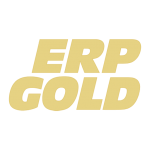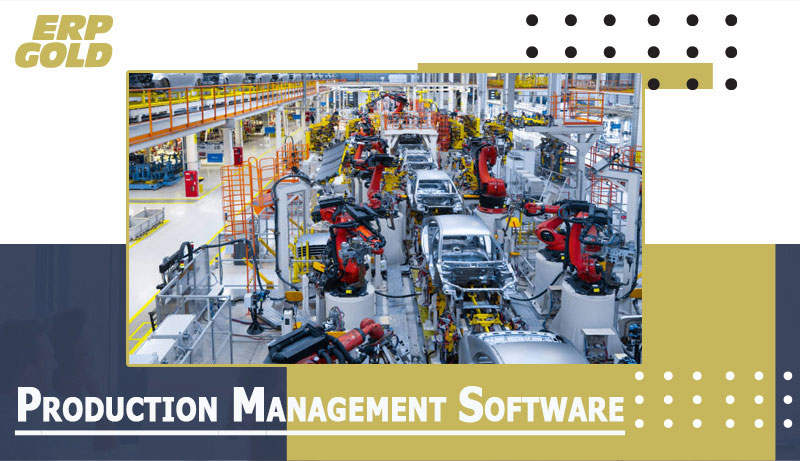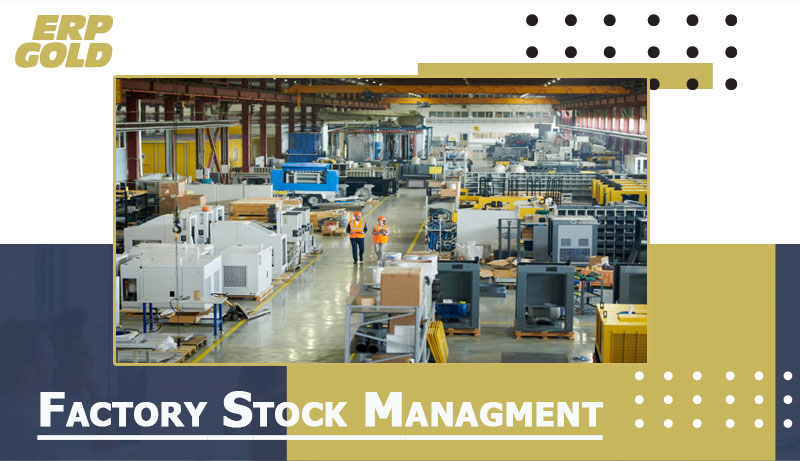What is Production operation software?
Production operations software for small business management is about accuracy. Get the proper number of items at the right time and cost. Make use of technology to streamline.
Quality management, effective operations, and educated decisions are required. Using unconnected systems in production might lead to data duplication and other inefficiencies. Easily transport data across systems and reduce paper-based mistakes.
What is production operations software for small business?
Small firms may use modules like BOMs, MRPs, work orders, sales orders, buying, and inventory management. The system meets the key needs of a small company manufacturing processes.
Finding the correct ERP software for your small manufacturing company is critical for several reasons. It may help you quickly grow your business and improve existing processes without breaking the bank.
Management of inventory and materials, as well as manufacturing and warehouse management, as well as centralized data collection and analytics, are all included in this service. However, many small firms detest the notion of researching and deploying new technologies.
The function of Production Operations Software?
Profitability in a highly competitive market is a significant problem for today’s producers. Updating client expectations and cutting manufacturing costs to satisfy industry standards are just a few hurdles. Firms are turning to technology-based solutions that assist boost production efficiency and are reasonably inexpensive. An example is business production planning software.
Production operations software for small business should combine all company sectors, including materials and inventories, manufacturing, operations and sales, accounting and finance. The programme employs integrated production schedules to guarantee flawless company operations, saving hundreds of man-hours and labor.
- Automated Schedule
Communication between departments is critical to a manufacturing unit’s efficiency. A production planning software may unify schedules throughout the whole firm. As a consequence, scheduling is planned and coordinated throughout departments to achieve shared objectives.
- Effective Resource Management
Cost reduction is undoubtedly the top aim for every industrial organization. Production planning software helps businesses optimize resource use and boost efficiency across all departments.
By decreasing labor expenses and optimizing process flow, the programme helps you get the most out of resource allocations.
- Enhanced Data Reporting
Data from the production process should be freely available to stakeholders to make quick choices. Every stage of the manufacturing process is recorded and reported on by production planning software. Stakeholders may get information on shipping costs, inventory management man-hours, and the whole cost of manufacturing for the preceding year. This data will assist stakeholders to obtain valuable insights into overall production efficiency and make quick modifications to improve output.
- Flexible Scheduling
Production operations software for small business may also prepare for unexpected events. Unforeseen occurrences that impair manufacturing might destroy a firm.
Goods may be re-routed to locations with strong demand. Managers have many alternatives to avoid catastrophe and pick a more cost-effective, company-building solution.
Advantages of Production Operations Software For Small Business
Technology is becoming a fundamental requirement in business, just as it is in our personal life. While over half (51%) of firms still utilise manual procedures (Field Technologies Online), those that have implemented operational software, especially tools like operations management software, will soon be left in the dust.
- A multi-purpose business tool
Production operations software for small business improves corporate processes through improving management methods, efficiency, and production. Assessing and refining current procedures will likely need an operations manager to switch from one software platform to another.
- More efficient procedures
Business processes are the lifeblood of operations. Most companies have 12 business systems, each having 10 processes (BEM). Even when implemented, these procedures may be difficult to train, monitor, and assess. In addition, poorly documented and dispersed procedures cost time, cause mistakes, and lower staff morale.
One of the major benefits of production operations software for small business is its capacity to optimize company processes. Through the use of project management tools and business process automation, your software may be able to assist you in streamlining your processes.
- Better planning and scheduling
Effective processes frequently follow a corporate strategy. According to one research, businesses with a business strategy develop 30% faster than those without (BPlans). Keeping this in mind, the success of every company strategy depends on how effectively each segment is allocated and planned.
- Remote file and folder access.
Workplace participation is no longer necessary for a large number of people. As a consequence, more than half (43 percent) of all Americans who are employed do part of their job from home (The New York Times). Remote work is more difficult when most of your processes are paper-based.
With production operations software for small business, you can simply eliminate numerous paper-based activities. Your staff can access documents from anywhere using a cloud-based solution that stores procedures, calendars, and documents. Going paperless may also assist enhance productivity by reducing the risk of misplaced papers and the requirement to tidy file cabinets?
- Accountability
Even if your company currently uses more digital than paper-based processes, it might be tough to track what your staff are doing. According to one research, having an accountability partner boosts one’s chances of achievement by 95% (Medium). Rather of assigning each employee an accountability partner, operations software provides a less evasive solution.
Last Words!
Companies seeking a competitive advantage in a turbulent industry must have production operations software for small businesses. Regardless of your company’s size or industry, you’ll discover tailor-made solutions. Customized production planning software may give power, scalability, and comprehensive features.



